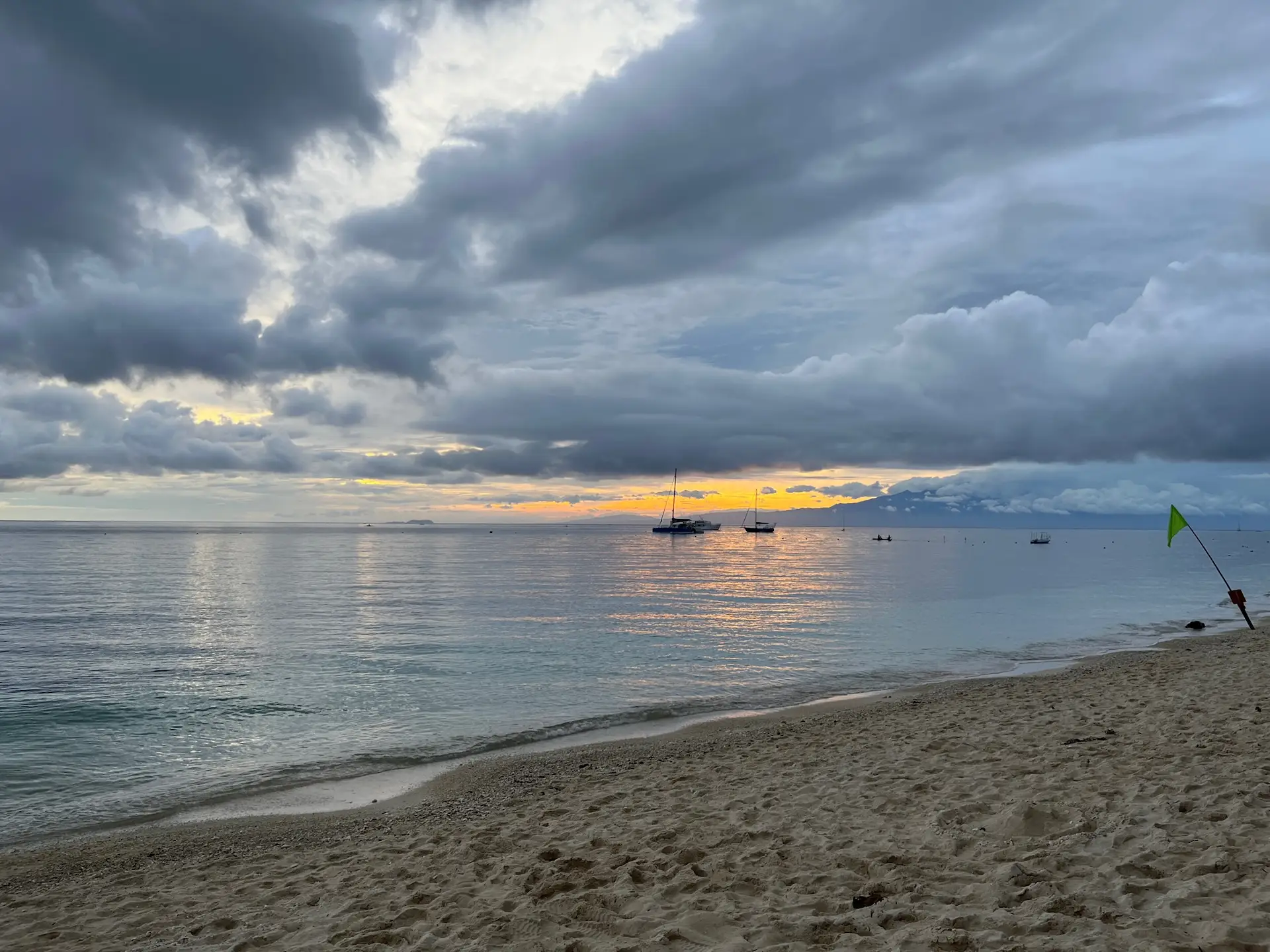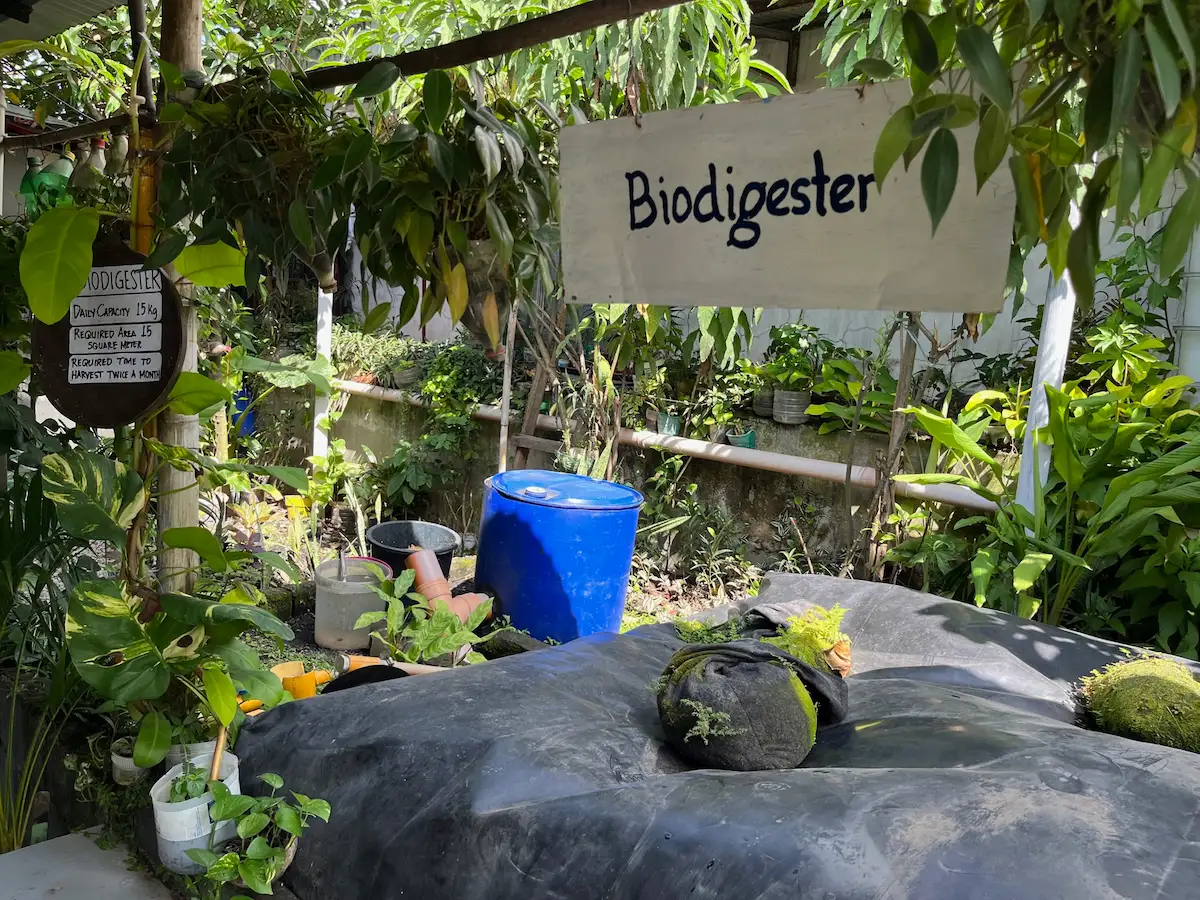How a Tropical Island Paradise Went Zero-Waste
And other lessons from the Philippines

Here in the United States, it’s sometimes hard to imagine what a world without single-use plastic packaging might look like. Every trip to the grocery store—no matter how diligent you might be bringing reusable bags or shopping in the bulk aisle (if either is available to you)—seems to result in more plastics: yogurt containers, bread bags, meat packaging and more. Many fast-casual restaurants don’t even have reusable foodware on hand for those who would like the option of dining in. And then there’s anything you order online, which often comes wrapped in plastics and buffered by plastic bags or packing peanuts.
Even though single-use plastics are designed for our rapid use and disposal, their lifespan is just the opposite. Single-use plastic items persist indefinitely in our marine environment, collecting in rivers, streams and ultimately the ocean, endangering and entangling wildlife along the way. And if that’s not bad enough, single-use plastics don’t actually degrade—they simply break up into tiny microplastics that can wind up in the food we eat and the water we drink.
Get Ocean Updates in Your Inbox
Sign up with your email and never miss an update.
Fortunately, alternatives to single-use plastics exist, and we and other Ocean Conservancy colleagues were lucky to see them first-hand as part of the International Zero Waste Cities Conference held in the Philippines earlier this year.
This conference was organized by the Global Alliance for Incinerator Alternatives (GAIA), whose member organizations have been advocating for zero-waste solutions in the Asia Pacific region for years. As part of the conference, we visited areas of the city of Malabon just outside Manila, where one of the numerous sari-sari stores, or convenience shops, offered products like vinegar, soy sauce and dishwashing liquid for bulk purchase out of large jugs. Customers were encouraged to bring their own containers and bottles to fill, eliminating the need for single-use plastic packaging. These stores are increasingly common, thanks to the JuanaZero project. The project is pilot-testing refillable models across 10 sari-sari stores in particular; but the models could be applied to other local retail establishments by working directly with owners to support refill stations in their stores.

In addition to seeing solutions on the ground in Metro Manila, we were fortunate to travel to the island province of Siquijor, the first zero-waste province in the Philippines. Just a two-hour journey, split between a plane and a ferry from Manila, Siquijor is a lush green island bursting with tropical plants, thriving coral reefs and even some resident sea turtles if you’re willing to don your snorkel! With such important resources to protect, it’s no wonder the provincial government, in partnership with GAIA member Mother Earth Foundation, spearheaded zero-waste practices here.
One might suspect that it would be difficult to make an entire island zero-waste since they inevitably must import nearly everything from the mainland for more than 100,000 residents and about twice that number in annual visitors. But Siquijor has had incredible success in designing and implementing zero-waste solutions across the province. In fact, plastic beverage bottles smaller than a liter cannot be sold on the island. Residents got to this point over time, first by implementing local plastic-product bans in their towns in 2017, then by developing a glass bottle-refill system. They mastered the logistical challenges of turning used glass beverage bottles into clean, refilled ones by leveraging the many ferry boats already traveling daily to and from other parts of the Philippines. Now, this refill system is a model for other islands in the country. And it’s not just bottles, either. Siquijor also hosts a plastic-free night market on the island, where all the food vendors provide reusable plates, silverware and cups at every stall.

One thing that became clear from our time in the Philippines is that zero waste applies not only to plastics but to all materials, including food waste. As part of the conference, we visited multiple Manila neighborhoods that had formal solid waste and recycling services in operation. Each family segregated their rubbish, and it was collected daily by a team of waste workers from the neighborhood who brought it to a nearby Materials Recovery Facility (MRF)—essentially, a waste management center. Here, organic waste was diverted for compost, and recyclable materials were categorized and collected for sale to recyclers, providing income for waste workers and revenue to keep the waste collection operations running. Some of the compost was used on site to fertilize beautiful community gardens, directly providing food for the neighborhood while preventing harmful methane emissions that would be released if the organic waste was sent to rot in a landfill. (In fact, this is one of several reasons why composting has significant benefits for the ocean, as another Ocean Conservancy staff member described in a previous post.) One of the most fascinating contraptions we saw was a balloon-looking biodigester that captures the gases from decomposing organic material as it transforms into compost. The biodigester is connected to tubes, a valve and, eventually, a stove burner like you might use on a camping trip. When enough gas is collected, someone can turn on the valve, light the gas stove, and bam(!), you have a working stove to cook your food.
The United States is the number-one generator of plastic waste in the world, and on top of that, more than 30% of landfilled material in 2018 in the United States consisted of food waste and yard trimmings, according to the Environmental Protection Agency. What this means is that we have lots to learn from our colleagues across the Pacific—and in zero-waste cities around the world—who show us that these solutions are possible.